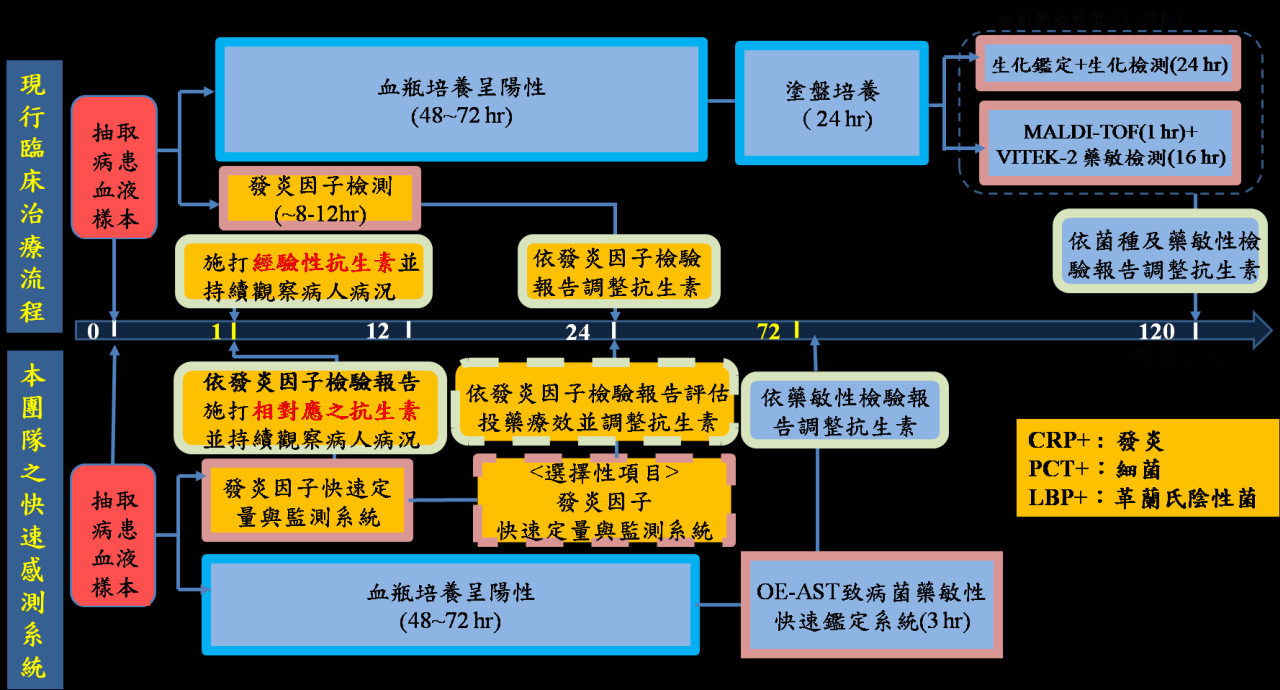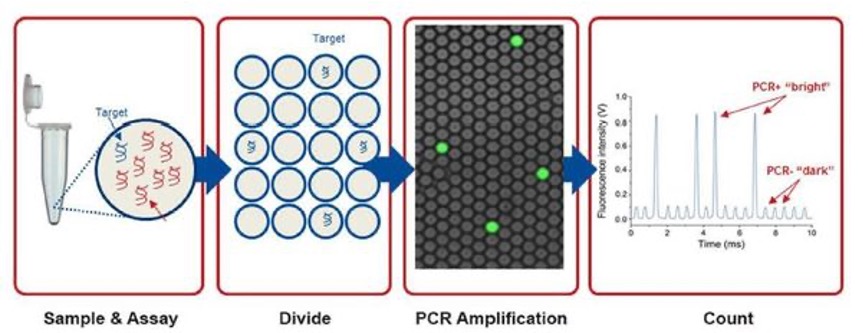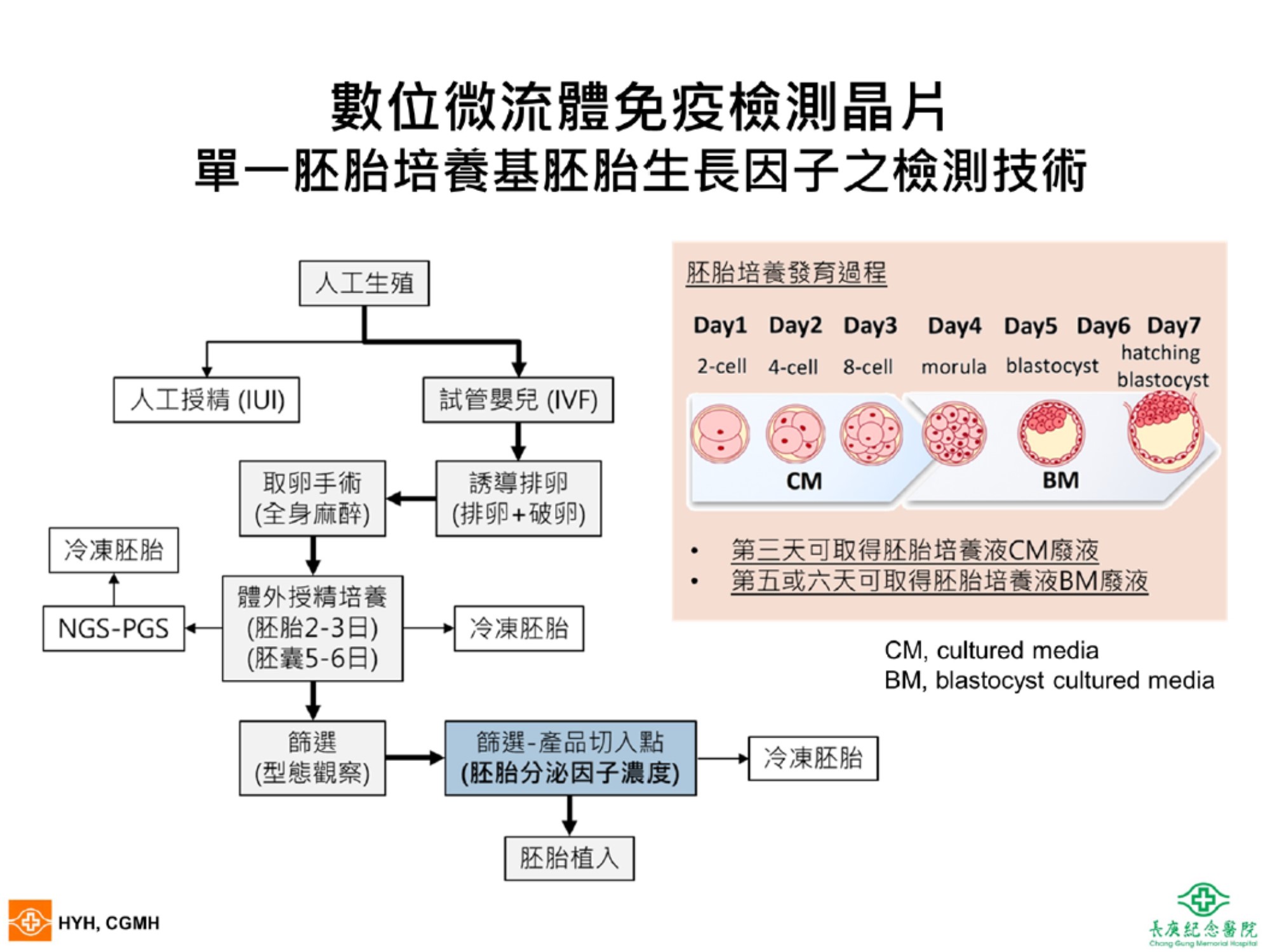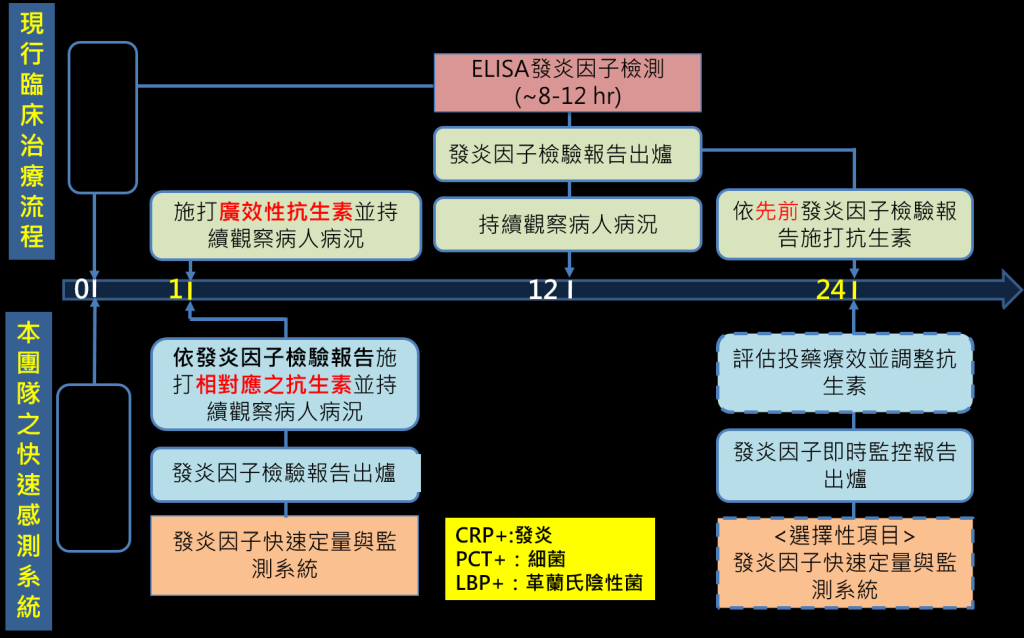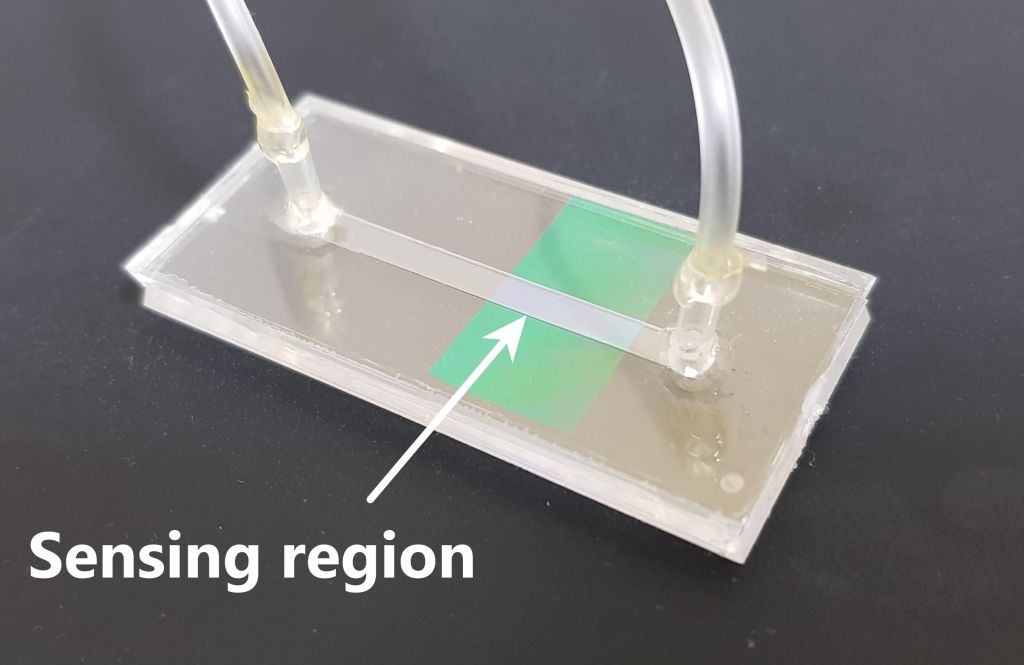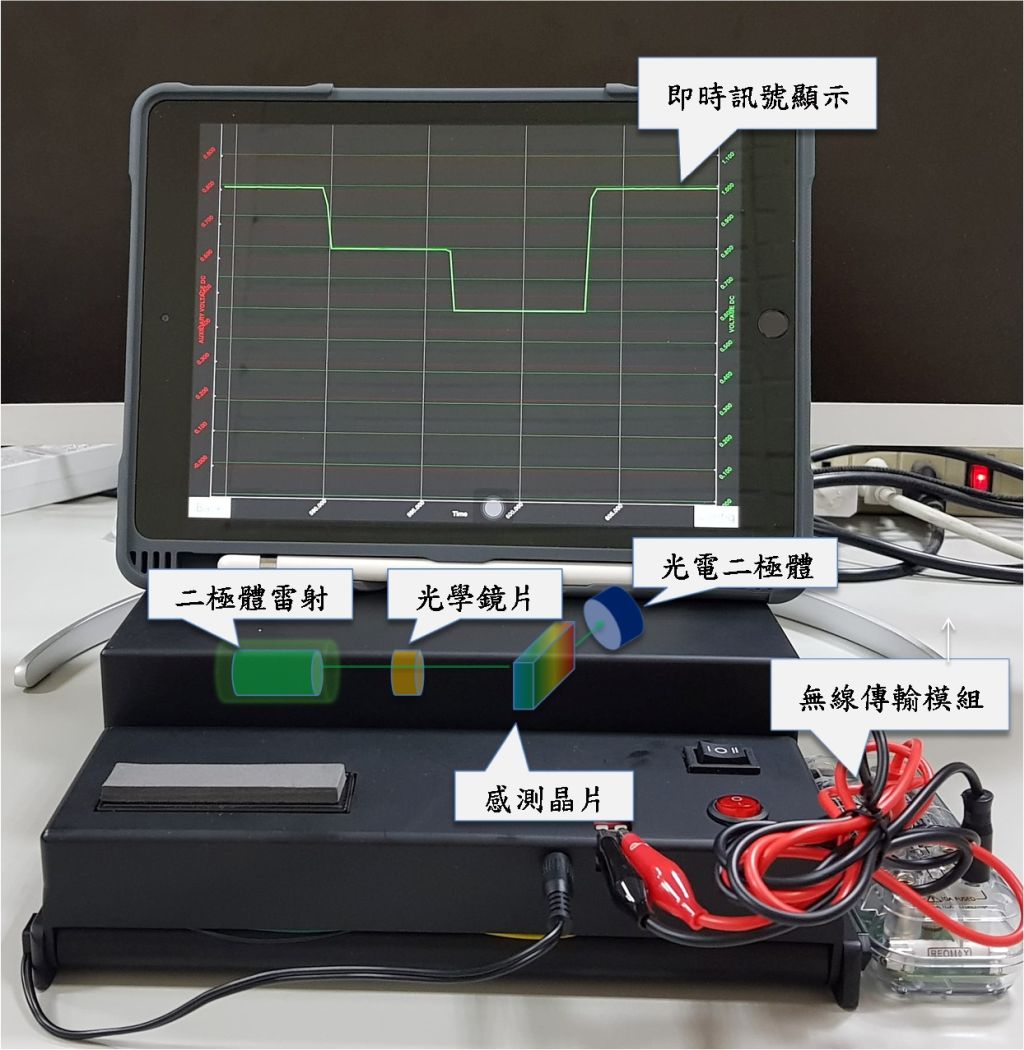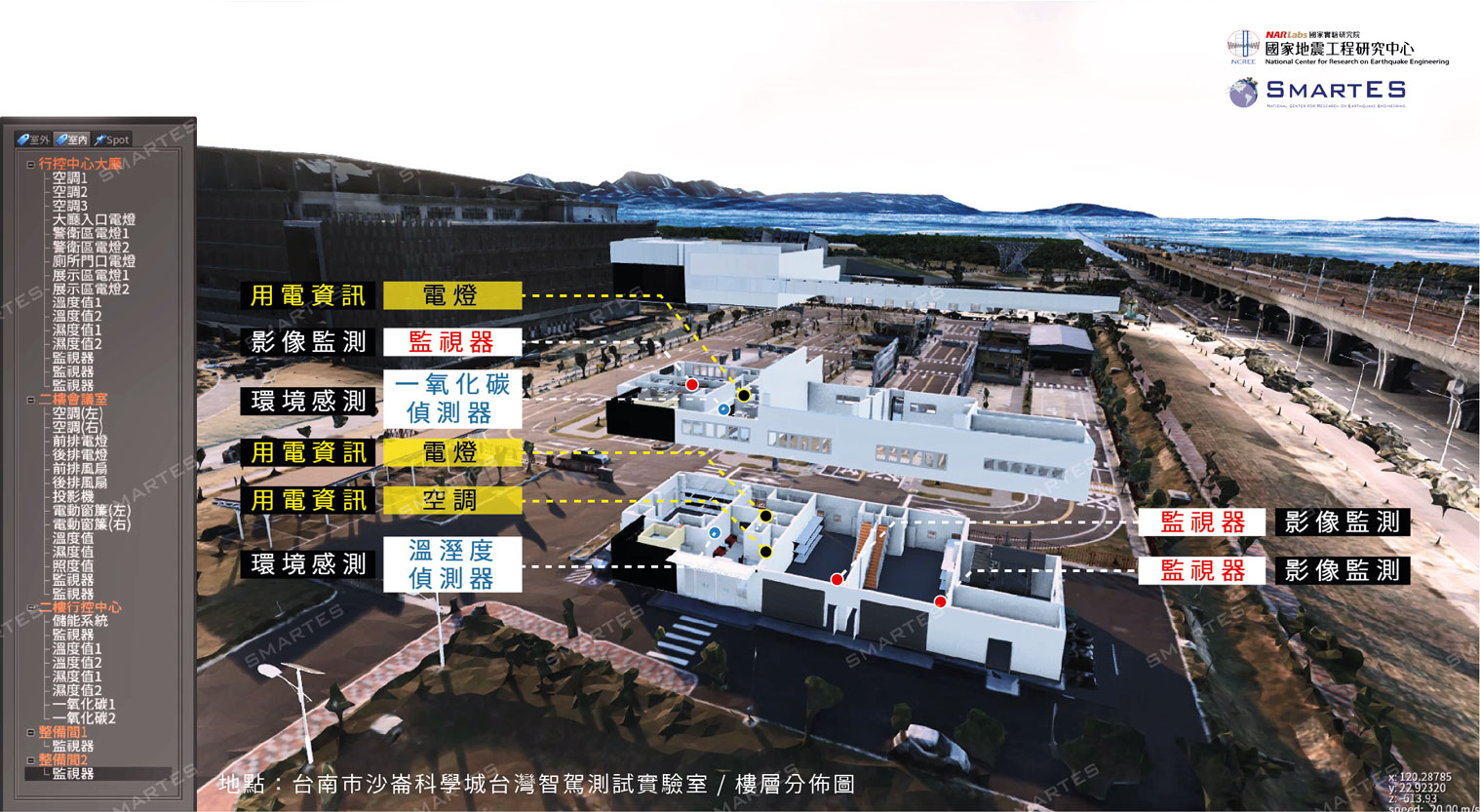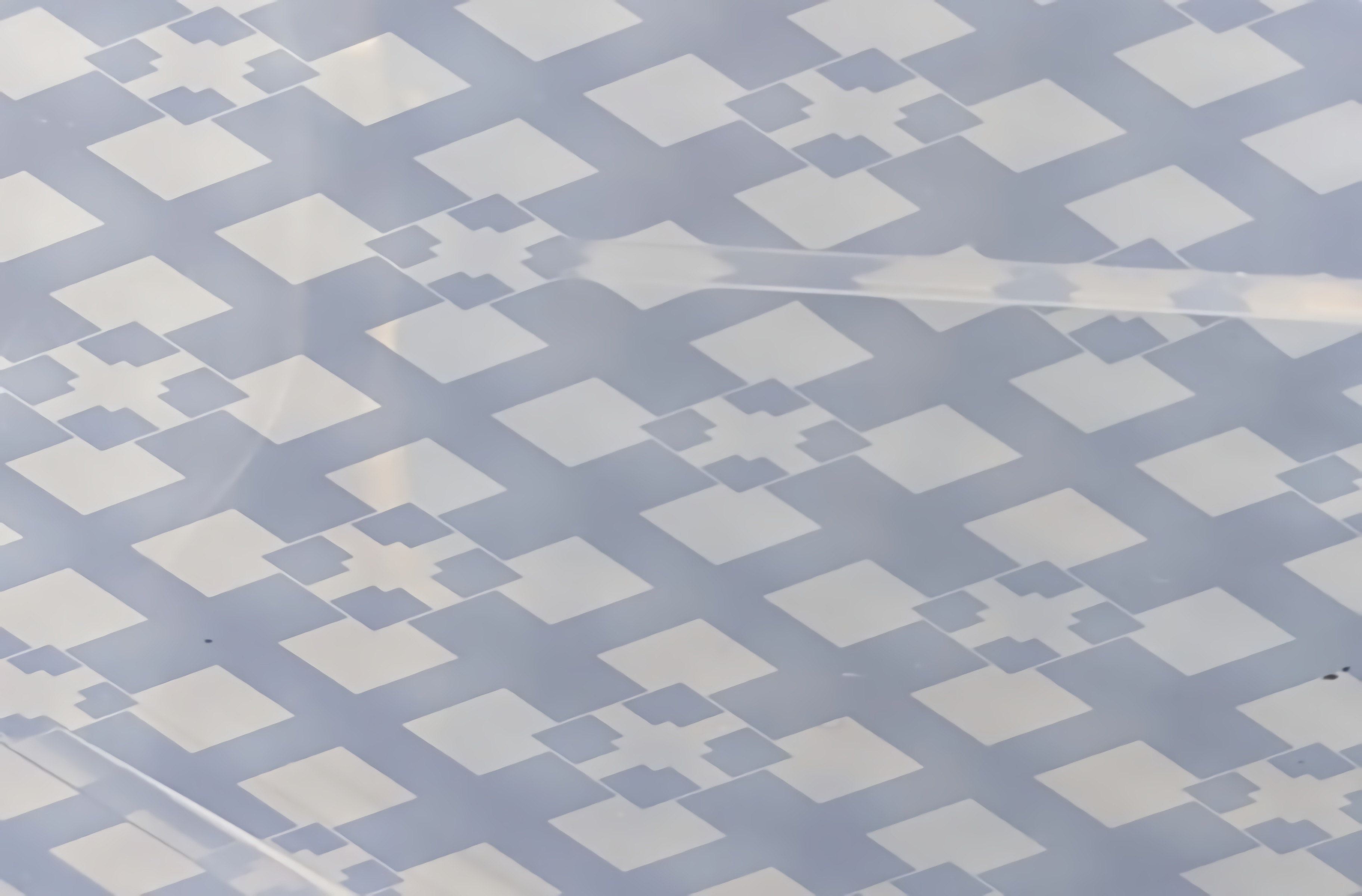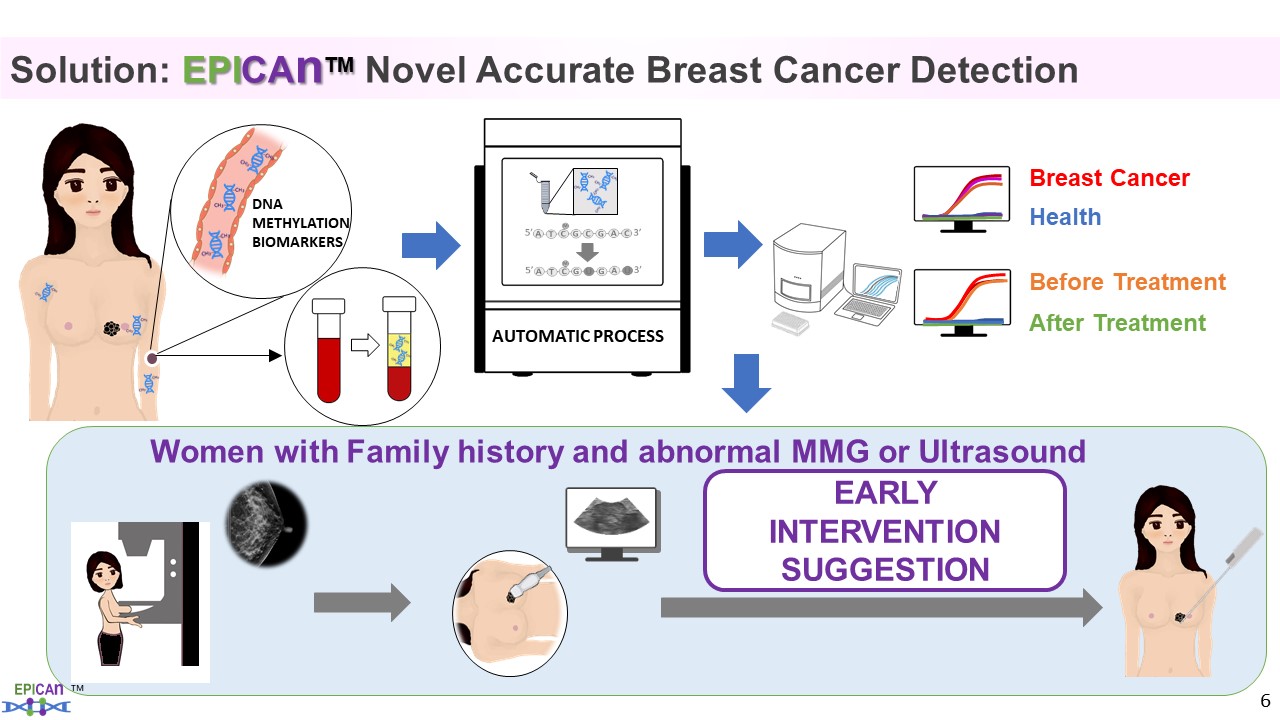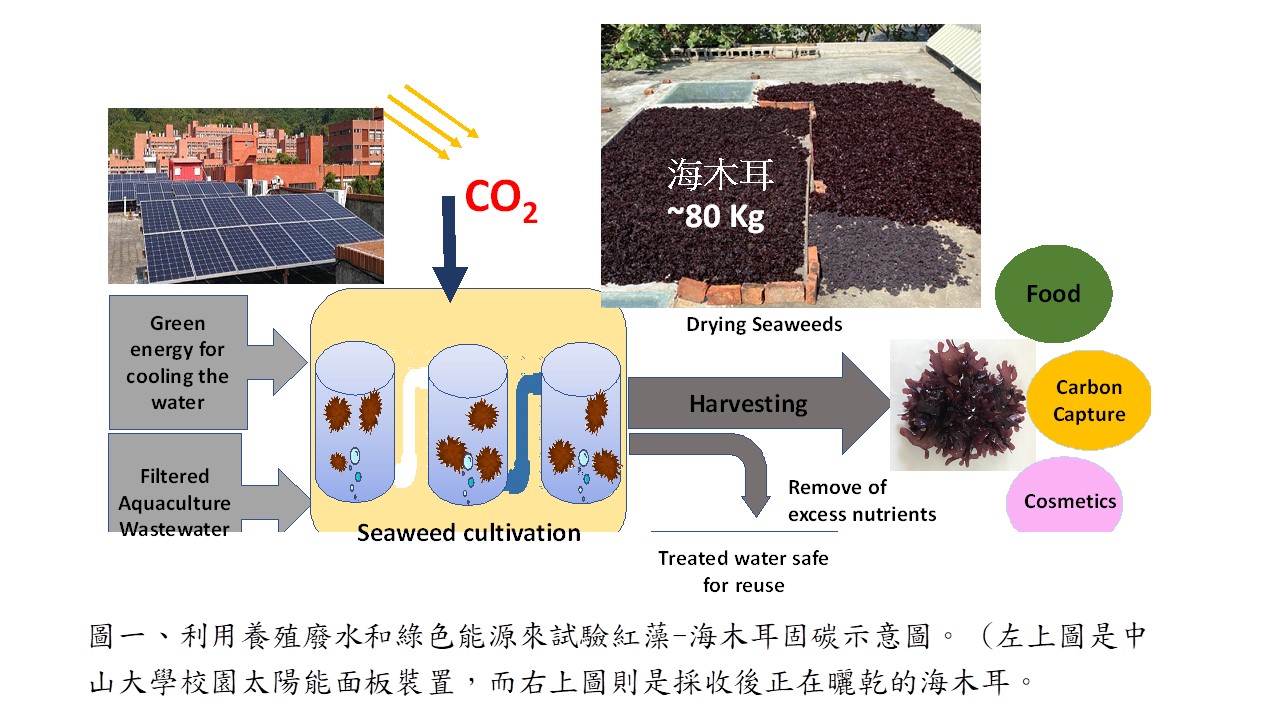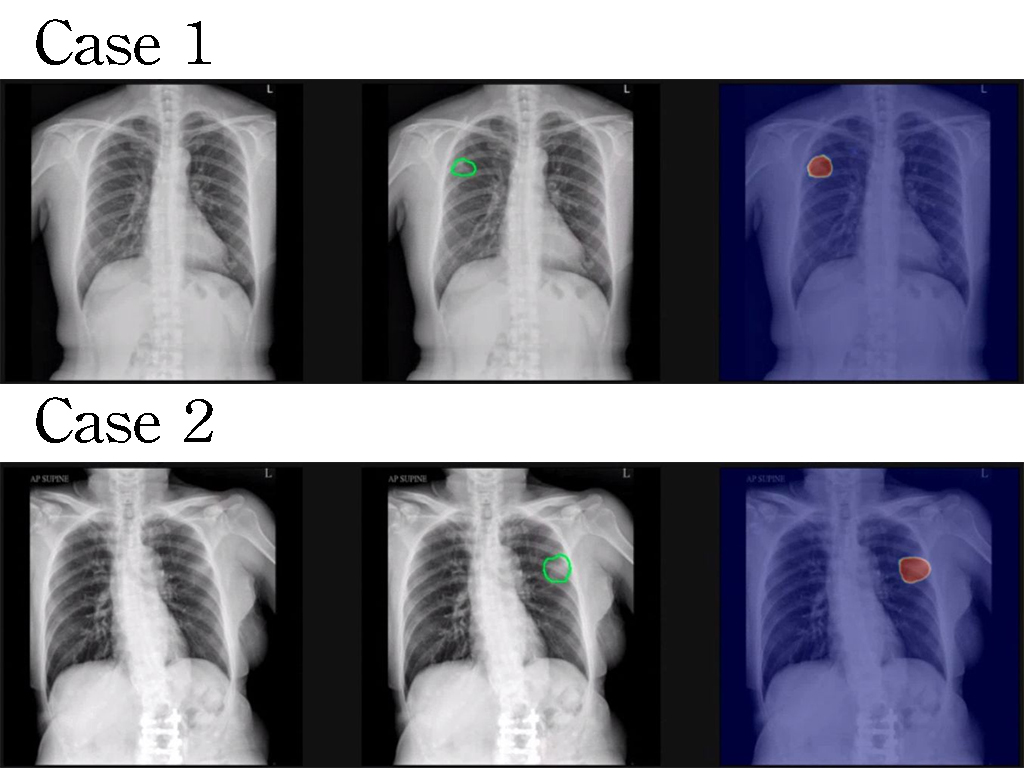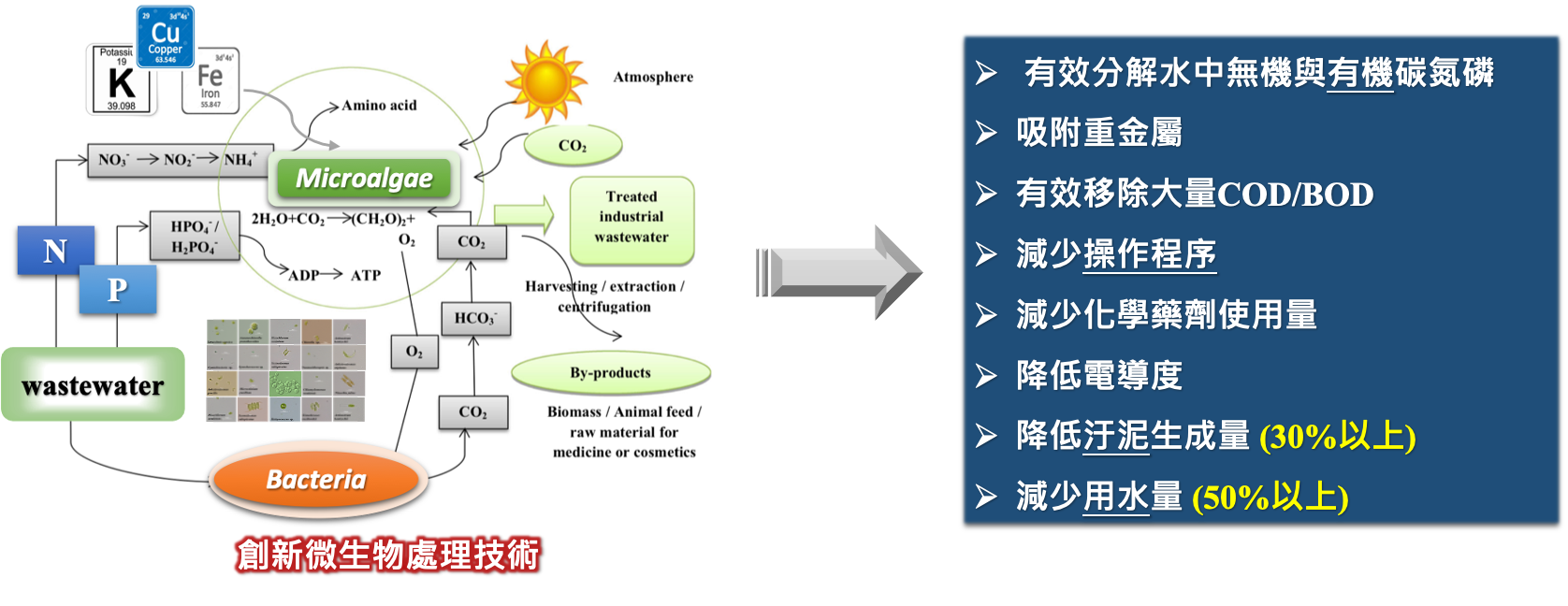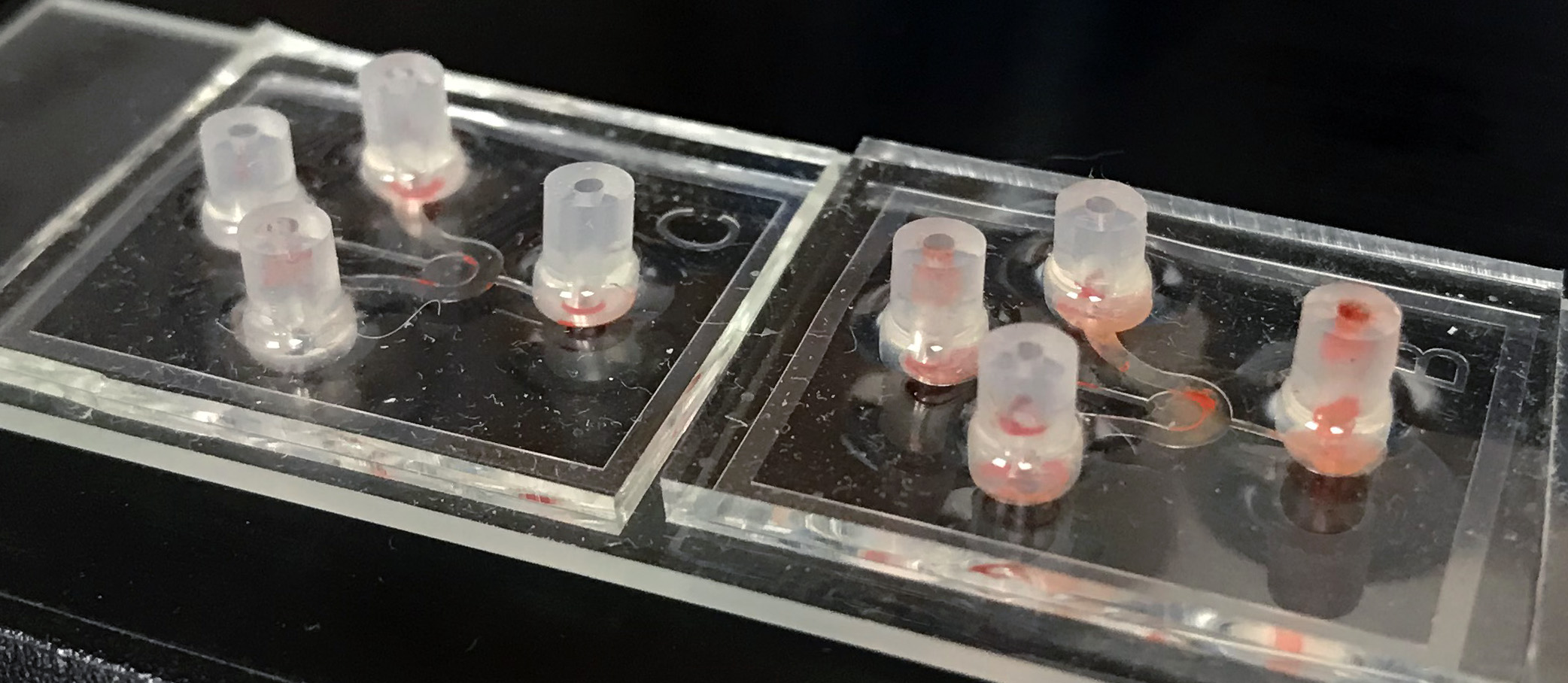| Technical Name | High-sensitivity optofluidic biosensing system for rapid identification of septic biomarkers | ||
|---|---|---|---|
| Project Operator | National Chung Cheng University | ||
| Project Host | 謝文馨 | ||
| Summary | This technology provides a rapid quantification of biomarkers of sepsis with a high-sensitivity optofluidic biosensing system. Biomarkers of sepsis in blood sample is quantified immediately through the polymer grating waveguide biosensor. It reduces the detection time from 12hours to 1 hour. The CRP (the analyte of clinical standard test) detection limit of our biomarkers rapid quantification system is 6.29×10-8 g/ml (more than the clinical requirement). |
||
| Scientific Breakthrough | When the biomarkers of sepsis binding to the surface of biosensor, the coupling intensity is followed decayed as the detection mechanism. Through this method, the biomarkers of sepsis is easily quantified. Different from ELISA (the clinical standard test method) and commercial SPR sensors, this technology has unique advantages with rapid test, no need of pretreatment, low cost and portable. |
||
| Industrial Applicability | The technology can detect multiple biomarkers of sepsis or measure the refractive index of sample directly. It can be applied to detect the pathogens, drugs and food ingredients with low cost and real-time detection. Consisting with automatic interpretation and cloud database, this technology provides a rapid and precise guidance for diagnosis. Moreover, it can be extend to use for biomedical and chemical applications. |
||
| Keyword | Sepsis Rapid quantification detection Polymer grating Biosensors Optofluidic biosensing system Quantification of biomarkers CRP PCT Blood test Guided-mode resonance | ||
- leonli308@outlook.com

